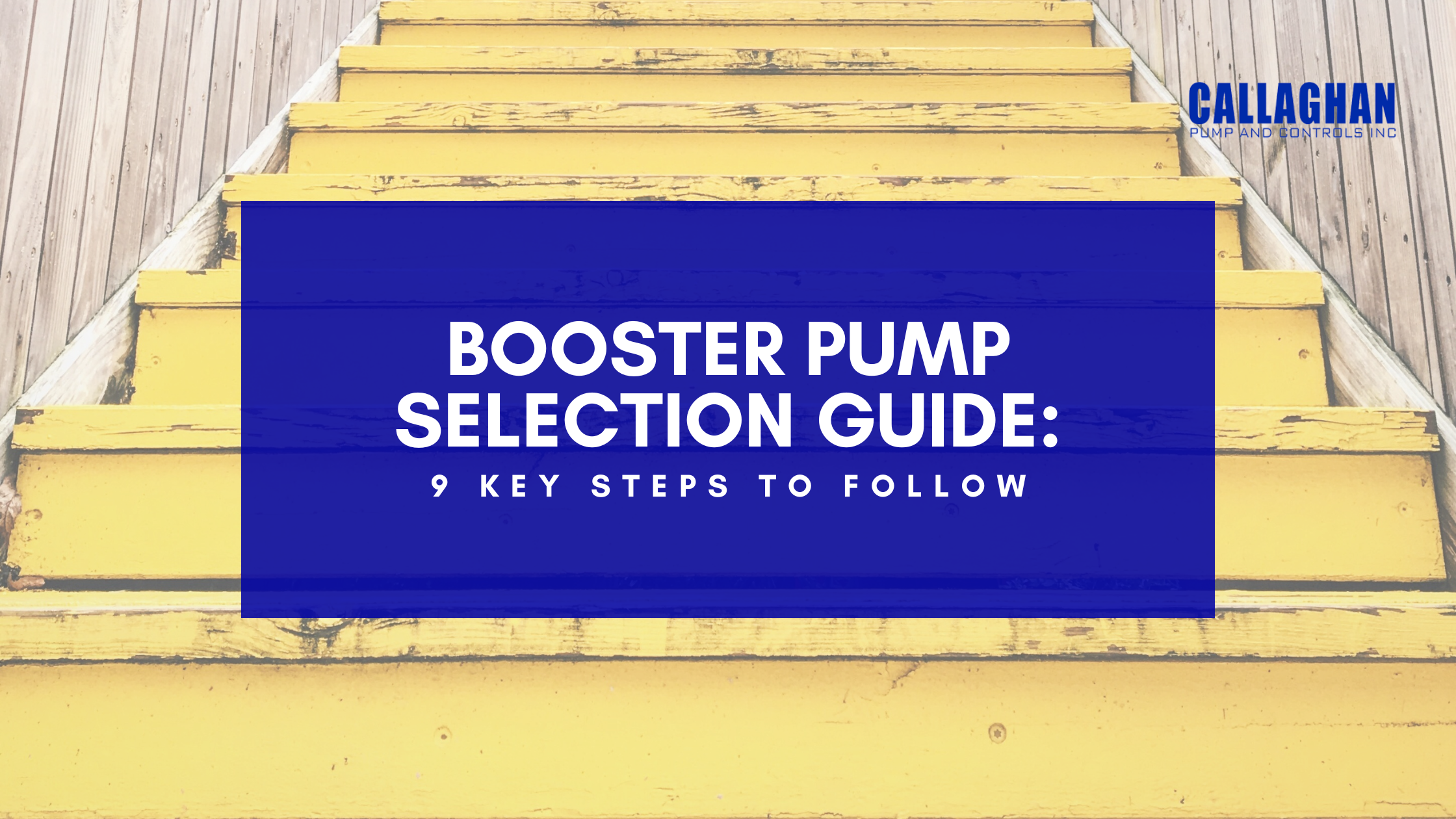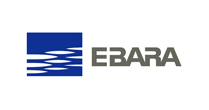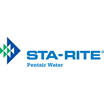
November 8th, 2023
A booster water pump is designed to communicate with the entire water system and reduce life-cycle costs. It is commonly used to increase water pressure in residential, commercial, and industrial settings.
Are you looking for a booster water pump for homes but unsure where to start? Read on to learn crucial steps to remember when selecting a booster pump.
First and foremost, identify the specific application for which you need a booster water pump. Some typical applications include domestic water supply in homes and apartments, agricultural or landscaping purposes, commercial applications, and industrial processes.
The next step is calculating the required flow rate in gallons per minute (GPM) and water pressure in pounds per square inch (PSI). Flow rate means how much water moves through the system over time and may vary depending on the application. This information is crucial when selecting the booster pump capacity for your applications.
When sizing a booster water pump for homes , measure the current water pressure against the amount of pressure the booster pump can provide. If you want to boost pressure from 25 psi to 40 psi, you will need a water pump capable of producing 15 psi. Once the specific requirements of the pump have been established, you can pick the best pump size. Remember that larger pumps are typically more expensive and require a reliable power source.
Select the appropriate pump type based on your specific pump application. You can choose a centrifugal pump suitable for most residential and commercial booster pump applications with moderate pressure requirements. Multistage pumps are ideal for applications demanding high-pressure boosts, such as high-rise buildings. Variable speed booster pumps are another pump type to consider, offering flexibility and energy efficiency.
Determine the power supply available for your water booster pump for homes. An electric motor is a standard choice for most applications. In contrast, diesel engines are used in remote areas without access to electricity. Ensure the booster pump you choose is compatible with the available power source.
From the pipe size to inlet and outlet configurations, evaluate the conditions at the suction and discharge points of the pump. Ensure compatibility with the water booster pump’s specifications. In addition to that, consider efficiency and energy consumption. Pick a dynamic pump, like a variable speed booster pump, that meets your energy-saving goals.
Consider the booster pump maintenance requirements, including routine inspections, repairs, and replacement parts. Choose a booster pump with a good track record for reliability. Also, check the material compatibility. Make sure the materials used in the booster pump are corrosion and heat-resistant.
Compare the purchase price, booster pump installation costs, and long-term operating costs, including energy consumption and maintenance expenses. This will help identify the most cost-effective pump option. Have a clear budget in mind to choose one that fits within the budget for the project. Otherwise, you may risk overspending on the initial cost and future maintenance and energy.
If you’re uncertain about your choices, it’s always best to consult a qualified pump specialist who can provide valuable insights based on your requirements. Count on us at Callaghan Pump for a free consultation. We will help you discover everything about pump selection, maintenance, and warranty.
Select the booster water pump after carefully considering all the above factors. Make sure your final selection is based on the pump type, capacity, and other criteria that best meet your needs. Take your time to research before you make an informed decision that ensures long-term satisfaction with your booster water pump for home. Here is a variable booster pump guide you might find helpful in your journey.
For more information, contact us today.
john@callaghanpump.com,
eileen@callaghanpump.com,
dan@callaghanpump.com,
sales@callaghanpump.com,
service@callaghanpump.com












